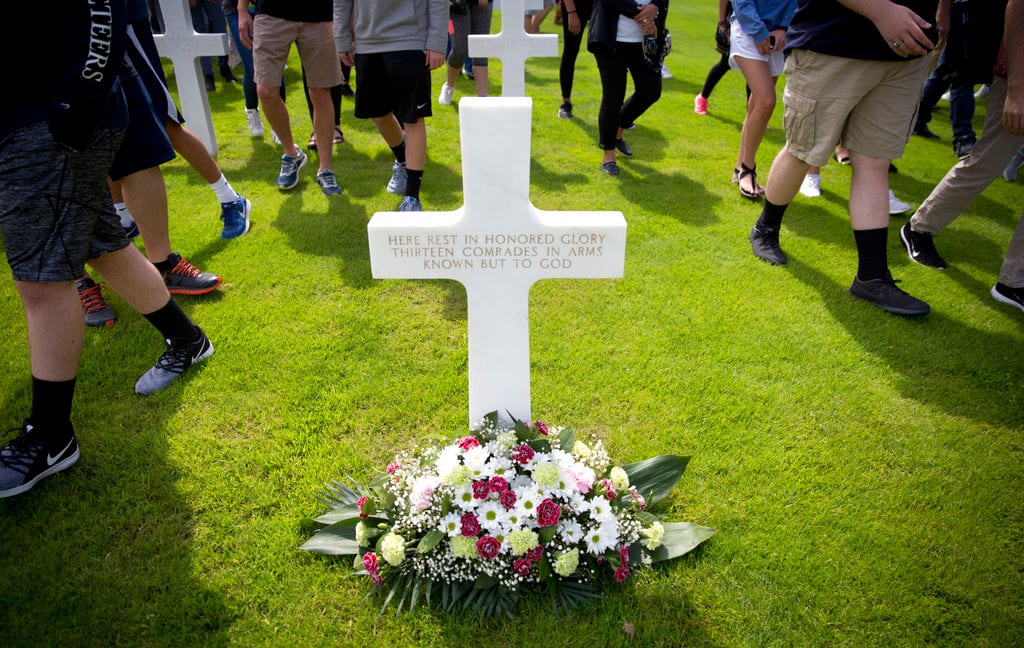The Army and Marine Corps' next-generation ground combat vehicle could be designed to avoid threats rather than withstand them.
To that end, eight organizations received contracts from the Defense Advanced Research Projects Agency to join the Ground X-Vehicle Technology program, where DARPA intends to create a nimble, go-anywhere conveyance that will be hard for enemies to find or catch. 2014 solicitationThe groups will help tackle four key technological goals, according to the Tuesday release announcing the contracts:
- The ability to traverse 95 percent of all terrain, including high slopes and uneven ground.
- "Survivability through Agility," which could include using movable armor to combat incoming threats.
- Crew augmentation — anything from semi-autonomous driving capabilities to onboard cameras allowing 360-degree views from a closed cockpit.
- Increased stealth, including ways to give the vehicle a lower profile on the electromagnetic and infrared spectrums, plus design techniques that would make it quieter and blend in better with its surroundings.
The video released with the contract announcement shows a pair of four-wheeled vehicles speeding through multiple terrain types before seeing a potential threat — a pickup with a weapon in its bed — stationed on a bridge that spans a deep valley. Rather than engage the enemy, the vehicles head into the valley and scramble up the other side of the mountain, safely behind the pickup, without being noticed.
"Successfully avoided engagement with enemy forces," the video announces via pop-up text.
The Army and Marine Corps each have interest in the program, per the news release. Officials at Army Tank Automotive Research, Development and Engineering Center hosted DARPA representatives in January to discuss GXV-T development.
The report, which some media outlets labeled a graphic novel, has since been pulled offline.
Contract award winners are Pittsburgh's Carnegie Mellon University, Honeywell International, San Diego-based Leidos, Michigan's Pratt & Miller, Raytheon BBN, Great Britain's QinetiQ, the Southwest Research Institute out of San Antonio and SRI International from Menlo Park, California.
"We're exploring a variety of potentially groundbreaking technologies, all of which are designed to improve vehicle mobility, vehicle survivability and crew safety and performance without piling on armor," Maj. Christopher Orlowski, DARPA program manager, said in the release, adding that the program and its contributors aim to "defy the 'more armor equals better protection' axiom that has constrained armored ground vehicle design for the past 100 years."
Kevin Lilley is the features editor of Military Times.










